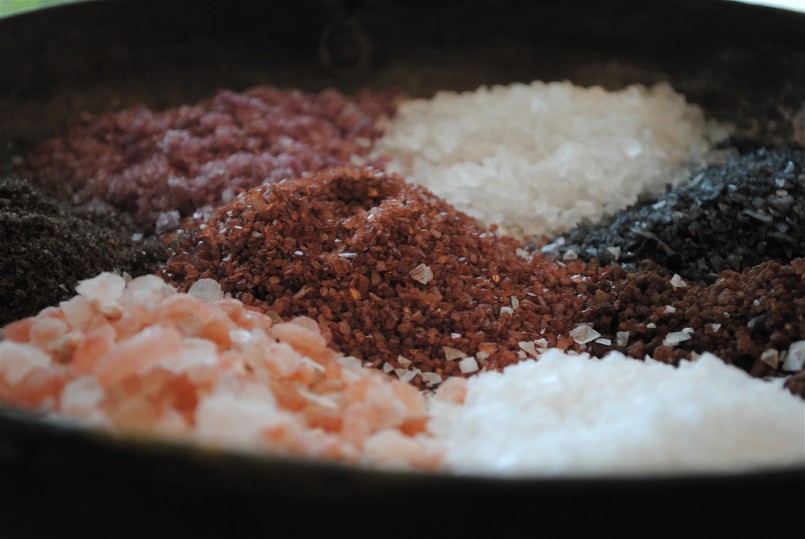Nutrition
How Much Salt is Healthy

By: Larry Hoffman
Mothers everywhere understand that the food kids eat is more than just a collection of nutrients arranged on a plate. “Eat a balanced diet with plenty of fruits and vegetables and in moderation” has been sage motherly advice for a long time.
Unfortunately, conflicting information from a variety of sources can make it difficult to follow Mom’s good advice. For example, consider one nutrient that’s essential for life yet often gets a bum rap – salt.
The average American eats about 3,400 mg per day of sodium, according to The National Health and Nutrition Examination Survey. You may have heard that this is too much, but according to new research it may actually be on the low side of the healthy range. A 2014 study, published in the New England Journal of Medicine, tested sodium consumption in more than 100,000 people in 17 countries. The study found that the healthy range for sodium consumption was between 3,000 and 7,000 mg per day. Eating more than 7,000 mg per day of sodium increases your risk of death or cardiovascular incidents, but not as much as eating less than 3,000 mg per day. The low salt diet was significantly more harmful than the high salt diet.
These results are not as surprising as they seem. Another study published in the Journal of the American Medical Association three years earlier, found the same results. This study measured the sodium intake of more than 3,500 people for the better part of a decade. Researchers discovered that low sodium diets were much more likely to result in death from cardiovascular disease.
Dr. Michael Alderman and Dr. Hillel Cohen of the Albert Einstein College of Medicine reviewed 23 observational studies covering some 360,000 individuals and published their comprehensive results in the July 2012 edition of the American Journal of Hypertension. They also found that both the very low and very high levels of salt consumption negatively affected health, but in between those extremes, a very broad safe range of salt consumption resulted in optimum health. Based on this research, American average salt consumption is already in the safe range.
Long before the advent of refrigeration, people used salt to preserve food. The salt in your diet also acts as a natural antibiotic to fight infection. A recent study on salt published in the academic journal Cell Metabolism shows how this works. Researchers found that salt is stored in the skin cells and whenever there is an infection, the body concentrates its salt reservoir in that spot. The salt increases the capacity of immune cells to kill microbes and a higher salt diet means more salt is stored in your skin cells. In fact, researchers found that mice fed a high salt diet healed much faster than mice on a low salt diet.
It is well documented that the Japanese and the Swiss enjoy some of the longest life expectancy rates of anyone in the world. It is less known however, that they also have among the highest rates of salt consumption. Comparing the available data on salt consumption and longevity around the world indicates that if people were to actually consume the low levels of salt recommended in the U.S. Dietary Guidelines, their life expectancy figures could drop dramatically. As it turns out, moms have been giving out better advice than the government for decades – a well-balanced diet is key, and there is no need to sweat the small stuff.





0 comments